Earthquake Bird and Japanese culture: An interview with director Wash Westmoreland and actor Naoki Kobayashi
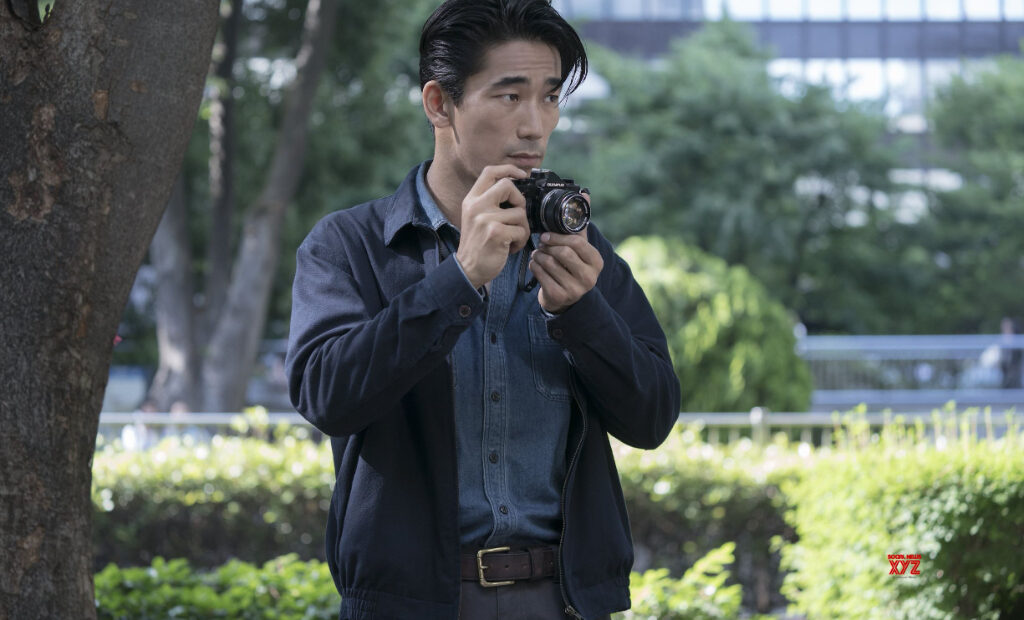
Wash Westmoreland defies expectations in his psychologically rich new feature Earthquake Bird. Set in Tokyo in 1989, the film straddles thriller and noir with its tale about a complicated love triangle. We caught up with Westmoreland and actor Naoki Kobayashi (who plays Teiji) to discuss the movie, bridging the language gap, the psychological depths of the photographer’s darkroom, and Westmoreland returning to Japan as a director after his university days.
What was the first thing that caught your eye in the source novel?
Wash Westmoreland: Even when I was just given the book with the cover, producer Mike Pruss said to me, “Oh, it’s set in Japan in 1989,” and I was like, “I used to live in Japan in 1989!” Then, when I started to read Susanna Jones’s novel, I fell in love with it – it has a deep psychological take on the character and a very unusual way of taking her through the story.
All the elements were there for a noir, a Tokyo noir, that takes a crime story but really invests it with deep psychology. Of course, in most noirs we are looking at a man with a complicated past who encounters a femme fatale, but in Earthquake Bird we’re following a woman with a very complicated past [Alicia Vikander, as Lucy] who meets an “homme fatal” in Teiji [Naoki Kobayashi]. But also, Lily [Riley Keough] is kind of a femme fatale. They’re both hiding things from Lucy. She gets triggered by these relationships into dealing with a lot of stuff that starts coming up for her.
During the audition, what captured you with Naoki?
WW: I had seen quite a number of auditions and every time it was like, “Doesn’t feel like Teiji… doesn’t feel like Teiji…”. Immediately, Naoki brought something. He had a charisma and a kind of intensity and seriousness, but also the feeling of a molten core that I felt fit the character we wanted to put on screen. Then we worked together to develop aspects of Teiji’s backstory. In the book, there’s not a lot of Teiji’s dialogue recorded. So we had many conversations, and sometimes things Naoki said to me – I think he said, “We live in the atmosphere of death but we are alive” – ended up going into the scene and worked beautifully. So we evolved Teiji.
Naoki Kobayashi: I had an empathy with Teiji. Actually, I belong to a Japanese pop group as a dancer, so people recognise me in Japan. I strive to reach my goals personally, but I don’t know how to get out. But I met Teiji, this way of living, I could understand that way. If I got this role, I could see that goal, that kind of way of surviving, so I tried to do my best in that audition. We had three or four video auditions after that Skype session, which was so exciting.
WW: Not only did Naoki focus on Teiji’s photography, but he also worked in a noodle shop for a few nights to perfect the noodles. He visited Teiji’s hometown of Takashima and spent some days there. In an earlier draft, Teiji was a smoker. Naoki, who has never smoked in his life, started smoking! I’m like, “You don’t have to start smoking!”, and he’s like, “I have to find out what that feels like.”
NK: I could understand why my mother smoked.
Can you talk about your transition into acting from the world of J-Pop?
NK: I am originally a dancer – I had a professional dancing career for 15 years. Acting is like an extension of my creativity; I could use my dancing experience to explore the character. Dancing as a character. Also, I learned photography. That way of processing and that way of building the character, it’s like dancing for me… the choreography. I could find the image and meaning of the character in my past experiences.
I have read that the pictures in Teiji’s apartment are actually the pictures that you took.
NK: Yes, I am so happy.
How was that? What did you learn and what did you like?
NK: It was a great way to get to know the character. I know how difficult it was, and so I started photographing Tokyo five months before shooting. That was such a useful way to create the character – I could understand his psyche as a cameraman and, through pictures, show his way of living.
WW: Teiji is someone who I think has problems relating, so he uses photography as a way to connect. Certainly, with Lucy, his expression, emotional and erotic, comes through photography and the control the camera brings.
The film explores the idea that the camera is capturing the soul. As a director and actor can you talk about how that came into play in Earthquake Bird?
WW: It is an interesting moment. This sense that there’s a power imbalance that’s developing between them where he’s taking from her through the photography. Of course, I don’t really think photography takes your soul, or, let’s face it, in this selfie culture, we’d all be a little screwed.
I think in terms of their own personal dynamic that is what is starting to happen. There are many things in the film that we can perhaps see a rational explanation for, but Lucy’s also wondering about supernatural explanations. Like, what is Lily reading in her palm? Or, what is the earthquake bird? Is it real or not? Sometimes you have a rational life but certain things happen that you can’t explain, and that’s what the film plays with in the way it portrays the story.
NK: Photography is like his filter but also his way of revealing himself, of opening his mind. He invented the darkroom as a sacred place.
WW: The darkroom – it even says it – it’s like this psychic fortress that he has. All that old school photography stuff: the developing tank and the chemicals at the right temperature. That is part of his obsessive way of processing his experiences.
In the book, Lily is from Yorkshire. Why did you make her Swedish?
WW: Well it was really a question of wanting to work with Alicia. I had met her before and when I was writing the screenplay, I thought, “Who is out there that is going to learn the cello and learn Japanese?”. I just started seeing Alicia’s complex internal life working so well with Lucy Fly. I thought, “It doesn’t matter specifically where’s she’s from. It’s more that she’s found a new life in Japan. That’s the key thing.” So rather than get Alicia, as well as learning cello and Japanese, to learn a Yorkshire accent, I thought it would be better to relocate Lucy as Swedish so that Alicia could play a Swedish woman in English, which she’s never done before.
Surely it’s tricky to learn worse English than you actually speak?
WW: I think she enjoyed it. A couple of takes I was like, “That’s a bit Swedish,” and she was like, “I am Swedish!”
Were there any particular references you were looking at to explore Japan visually?
WW: I am a huge fan of Japanese cinema. During my time in Japan, I started to watch Kurosawa and Ozu. When I started working with the production designer, Yohei Taneda, we talked about how Miss Katoh’s [Akiko Iwase] world would be very Ozu in the way the camera and the interiors worked.
There’s a Kurosawa film called Drunken Angel where he goes to a club and does this crazy dance. So when we started thinking about the nightclub scene we said, “Let’s look at this,” and actually used the same style of suit Toshiro Mifune wore. Then in more contemporary Japanese cinema, there’s a movie called The Cure by Kiroshi Kurosawa, that came out in the 90s, that mixes police procedural and otherworldly, more supernatural elements. I found that a great touchstone for this film.
There was a lot of Japanese talent involved behind the camera. Was that essential for you?
WW: That’s crucial. Why bring in all these Westerners to research what Japan looked like in 1989? That makes no sense. That to me would almost be a colonial crew to look at Japan with this very foreign gaze. Obviously, we’re looking through Lucy’s eyes. So there is that aspect to it, but I didn’t want any exoticisation of Japanese culture or people. I didn’t want to fall back on stereotypes that have been used time and time again to say, “Japanese people are like this.” I wanted to say “no”.
The idea was that this would be a collaboration between the script, the story and all the heads of department, who would bring their expertise and their vision to the film. So working with Kumiko Ogawa on the costumes or Yohei Taneda on the sets, it was a joy. I mean, they knew exactly what it was meant to be, and we got very excited together because I was so into it being exactly right and they so wanted it to be exactly right. So we met in this very nice creative place.
Finally, how was Alicia’s Japanese?
NK: She spoke perfectly in Japanese. She had a three-minute monologue at the end of shooting and she tried to get the correct pronunciation and a correct feeling through speaking Japanese. So every morning, she chatted with the hair and makeup person. Or sometimes, she would ask me how to pronounce it or how to say it in different lines.
WW: Naoki was moving into English and Alicia was moving into Japanese, so it took a lot of trust, and everyone kind of helped each other out. It became something that we were finding together. How to do this bilingual story and make it really work.
Mary-Catherine Harvey
Earthquake Bird is released on Netflix on 15th November 2019.
Read our review of Earthquake Bird here.
Watch the trailer for Earthquake Bird here:

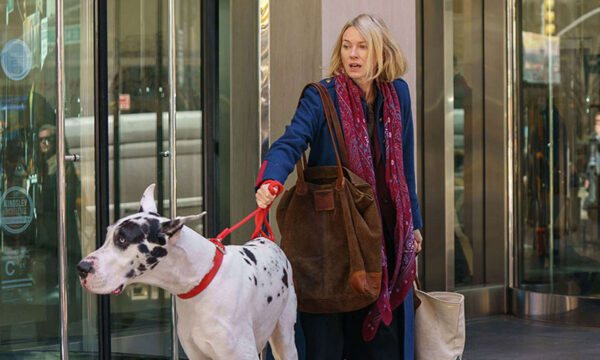
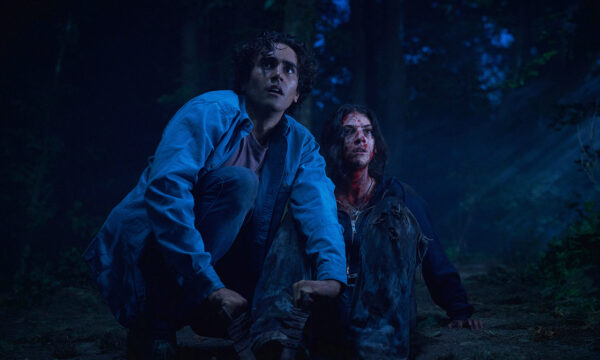
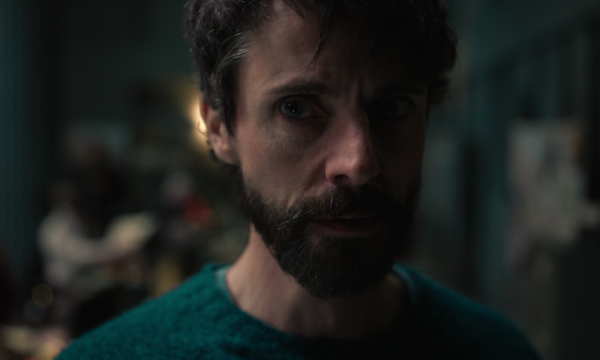
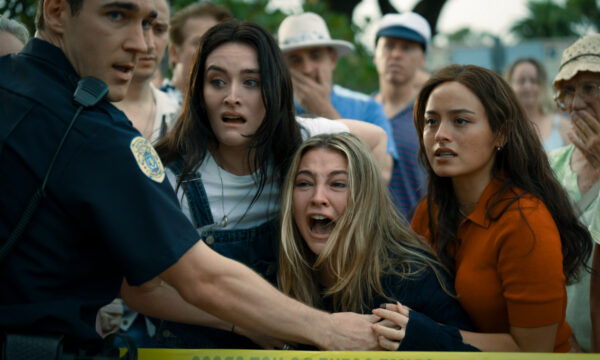
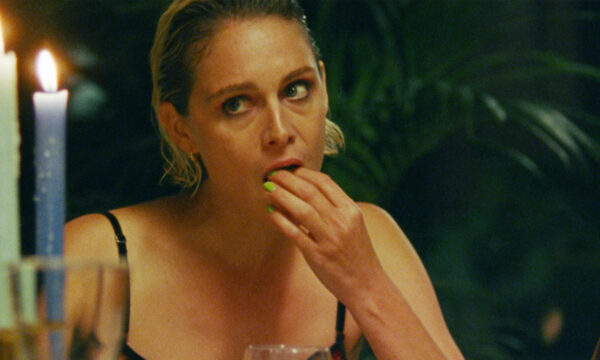
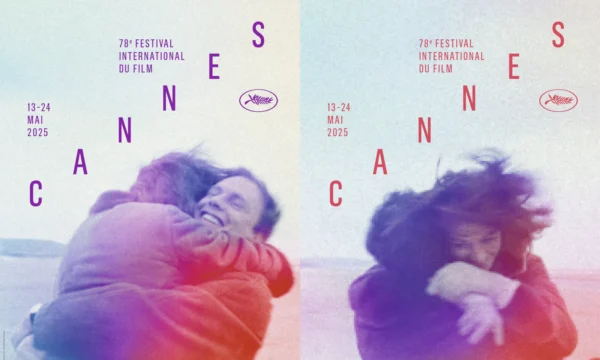
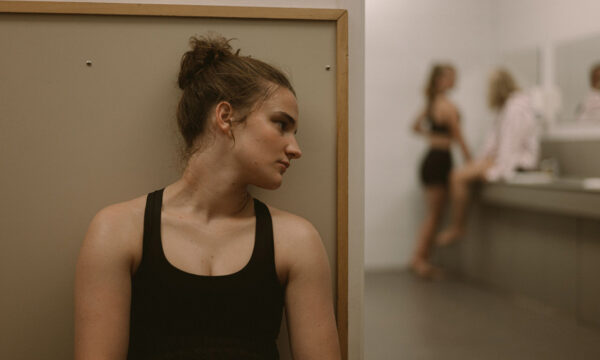
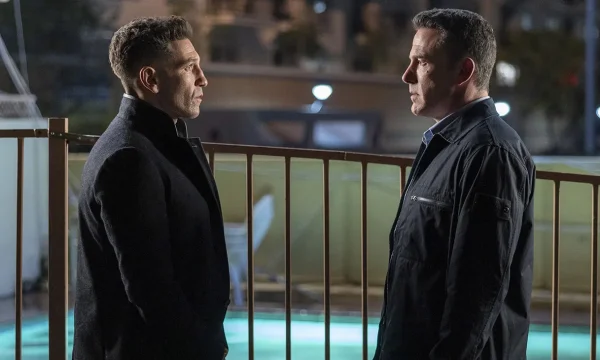
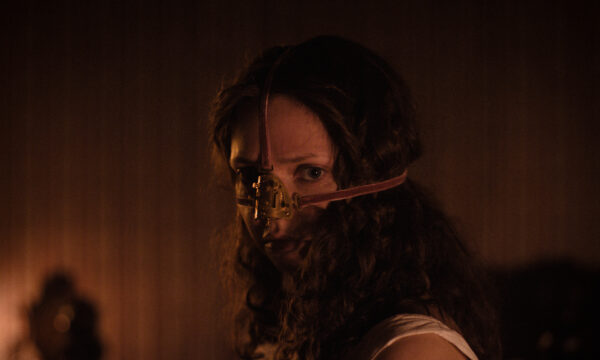



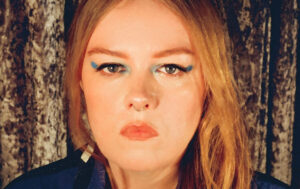


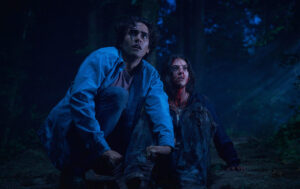
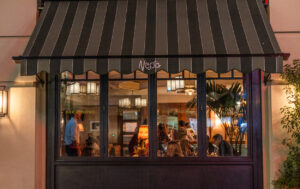


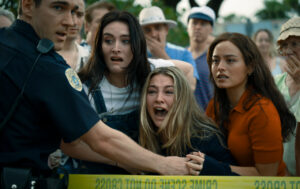

Facebook
Twitter
Instagram
YouTube
RSS